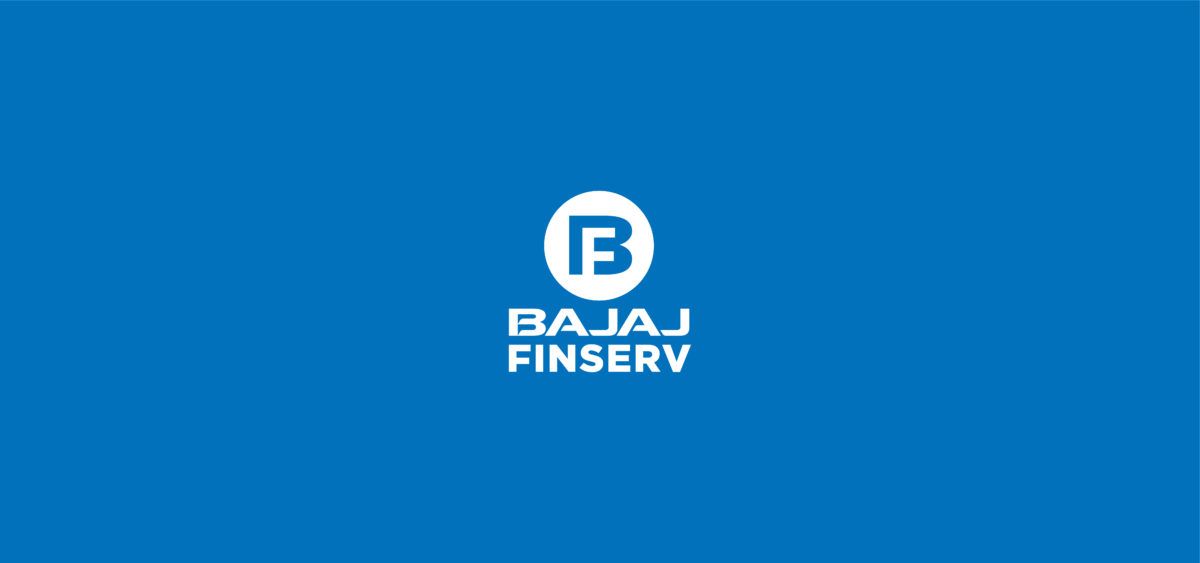How to Raise Seed Funding In Asia?
Most people love TechCrunch and VentureBeat. And all those other online media that tell us that it is easy to raise a $5M Series A round when your startup is not even generating revenue. But is this realistic? Is it realistic in the US, let alone in Asia? The answer is no. However, the US startup media
is heavily influencing the mindset of the Asian entrepreneur, and oftentimes, setting the wrong expectations around valuations and raising money.
To set the right expectations, this post and my following posts will look at funding strategies in Asia, and specifically, what you need to be able to show

investors at the various stages of your funding process. Disclaimer: there is never a right or wrong. You are dealing with different founders, startups, investors, and countries. Hence, these thoughts are merely a high-level guideline.For simplicity’s sake, let’s say there are three distinct phases of funding: Angel, Seed, and Series A. Working across India, South East Asia, and China, I see significant differences in the size of each of these rounds. In general though, most angel rounds I am seeing are around $100-400K, seed round are
between $400-1000K, and Series A $1-5M. In Silicon Valley however, many people say that Seed rounds are the new A rounds, with companies like Ark recently raising a $4.2M seed round.
In Asia, this trend in not happening yet, although actual investment sizes can overlap. For example, angel investors can syndicate and invest more than $400K together. Or a Seed round can be somewhat more than $1m. In all fairness, the definitions and borders are very blurry so it is not even always clear
whether something is angel or seed, or seed or Series A. In addition, certain markets show distinct patterns, for example due to government support. A great example is the National Research Foundation (NRF) in Singapore. As a result of their Technology Incubation Scheme (TIS), most seed-stage deals in
Singapore are close to S$600K.
With this being said, what is needed from an entrepreneur to raise funding in each of these rounds? What is an investor expecting? Again, each investor is different but there are trends for each of these stages. Let’s focus for now on what an angel investor is looking for, and what you will need to have
covered when you pitch to an angel investor. Before that, let’s look at an outline of an investor pitch deck.
Obviously, there are many formats. A famous template is the so-called 10/20/30 rule by Guy Kawasaki: 10 slides, 20 minutes, no font size smaller than 30. As many investors these days are very focused on data, KPI, and metrics, I have built on Kawasaki’s 10 slides to incorporate business model metrics
and growth strategy. The key content for a pitch deck then includes the following: Problem, Solution, Business Model, Business Model Metrics, Growth Strategy, Traction, Team, Competition, Forecast, and Ask.

As shown in the figure, you do need to have everything completely covered when raining an angel investment. Most angel investors are looking for a great idea, combined with a strong and passionate team that can execute the idea and test the key hypotheses that are underpinning the business. Hence, the pitch deck at this stage of funding needs a strong and compelling story on Problem, Solution, and Team. In addition, it needs some initial thoughts and direction on the Business Model, early Traction, and how the business fits into the Competitive landscape. Finally, you need to be able to provide some level of detail on the roadmap of what you will build, test, and iterate, and how much money you will Ask to do this. After all, the purpose of the money raised in this angel round is to further test and develop the business model and build traction. And thenHence, the next post will zoom into the requirements of seed and Series A investors. What does a good pitch look like for them? What do you need to be able to show them? Which details would they like to see across the various parts of your business? For now: feel free to share your thoughts on this discussion.
What is your experience with angel investors? Do you agree with some of the points mentioned here, or can you suggest other / additional things to focus on when pitching to an angel investor?Would love to hear your thoughts.











